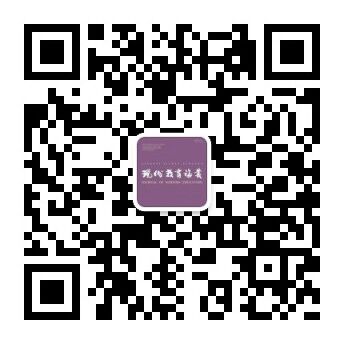2020 No. 5
Display Method:
2020, (5): 2-15.
Abstract:
2020, (5): 16-28.
Abstract:
2020, (5): 29-35,96.
Abstract:
2020, (5): 36-44.
Abstract:
2020, (5): 45-53.
Abstract:
2020, (5): 54-65.
Abstract:
2020, (5): 66-72.
Abstract:
2020, (5): 73-78.
Abstract:
2020, (5): 79-90.
Abstract:
2020, (5): 91-96.
Abstract:







